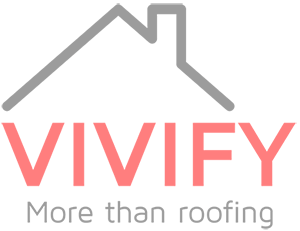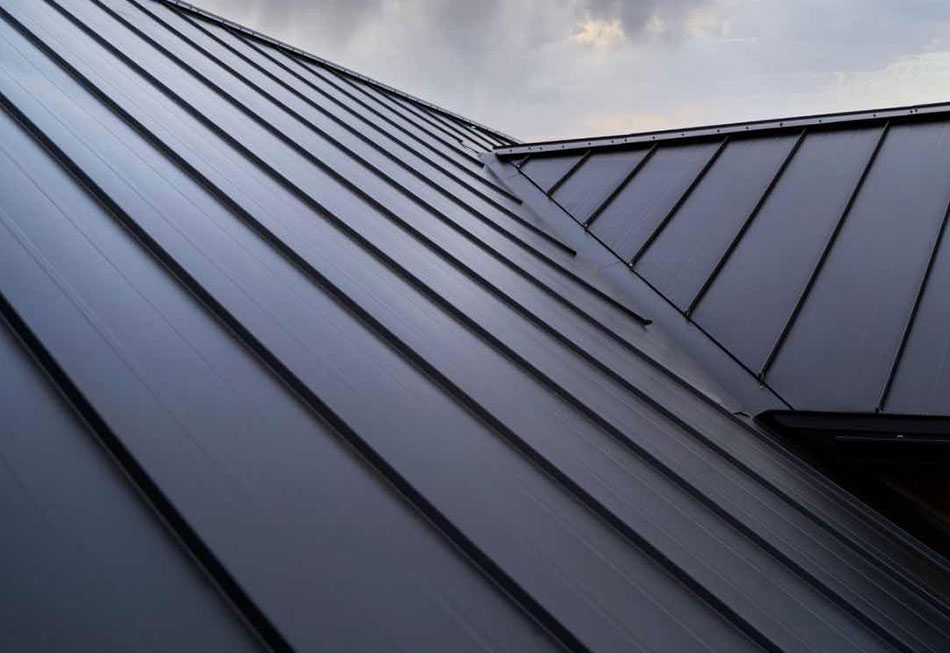
Does a Colorbond Roof Need Ventilation?
Why Is Roof Ventilation Important?
Roof ventilation plays a vital role in maintaining the integrity of your roof while improving energy efficiency and indoor comfort. Proper ventilation regulates temperature, reduces moisture buildup, and prevents structural damage. Without it, a roof can suffer from trapped heat and moisture, leading to rust, mold growth, and even higher energy bills.
- Temperature regulation: Proper airflow keeps your roof cooler during summer, reducing indoor temperatures.
- Moisture control: Ventilation prevents condensation that can lead to mold and wood rot.
- Energy efficiency: Good ventilation helps lower heating and cooling costs.
- Roof longevity: By reducing trapped heat and moisture, ventilation extends your roof’s lifespan.
Additional roof space ventilation requirements were introduced in NCC 2022 and apply to both steel and tiled roof types, in both standard pitch truss roofs and skillion cathedral roof types. – Steelselect
Should My Metal Roof Be Vented?
Yes, metal roofs, including Colorbond, benefit from ventilation. A well-ventilated metal roof helps reduce excess heat and moisture, ensuring your roof lasts longer and performs better. Although metal roofing naturally reflects heat, without proper ventilation, the heat can still accumulate in the roofing cavity, causing issues like:
- Excessive heat buildup in summer
- Moisture damage to insulation and framing
NCC Ventilation Requirements for Steel Roofing
The National Construction Code (NCC) of Australia outlines specific requirements for ventilating steel roofs, including Colorbond. As per the latest NCC 2022 update, adequate ventilation is mandatory to prevent moisture buildup, which can cause long-term damage. Builders and homeowners must ensure the roof is designed to allow continuous airflow through various venting methods. Read more about NCC 2022 ventilation standards.
How to Ventilate a Corrugated Roof
Corrugated metal roofs, such as those made from Colorbond, can be ventilated using several methods:
- Ridge Vents: Installed at the roof’s peak, these allow hot air to escape from the attic.
- Soffit Vents: Located under the eaves, these bring cool air into the roof cavity.
- Turbine Vents: Powered by wind, these create suction to pull hot air out.
- Solar-powered Vents: An energy-efficient option that uses solar energy to power a fan, moving air out of the roof space.
Lysaght has partnered with Australian manufacturer, Vent-A-Roof, to market and distribute the company’s innovative metal roof ventilation system. An innovative passive ridge ventilation system, VENT-A-ROOF® promotes the circulation of fresh air through roof spaces, ceiling and building spaces in commercial and light industrial buildings, residential homes and most metal sheds. – Lysaght
Do You Need an Air Gap Under a Metal Roof?
Yes, an air gap between the roof and insulation is crucial for effective ventilation. This gap allows air to circulate, carrying away excess heat and moisture. Not only does this protect the insulation, but it also prevents condensation from forming underneath the roof, which could lead to rust.
The air gap provides the following benefits:
- Insulation longevity
- Prevention of mould and mildew
- Reduced energy bills by improving heat dispersion
The Difference Between Passive and Active Ventilation
There are two main types of ventilation for metal roofs—passive and active:
- Passive Ventilation: Relies on natural airflow to move hot air out of the roof space, typically through ridge and soffit vents.
- Pros: No energy use, low maintenance.
- Cons: Less effective in areas with little wind or extreme heat.
- Active Ventilation: Uses powered devices like solar or electric fans to force air out of the attic.
- Pros: More effective in low-wind or high-heat environments.
- Cons: May require installation costs and periodic maintenance.
What Are the Options to Vent a Metal or Colorbond Roof?
When it comes to ventilating a Colorbond roof, several options are available:
- Ridge Vents: Ideal for removing hot air that naturally rises to the roof peak.
- Gable Vents: Placed in the wall near the roofline, these vents let air circulate through the attic.
- Soffit Vents: Installed under the eaves, these bring cool air into the attic.
- Whirlybirds/Turbine Vents: These are wind-powered vents that rotate to suck out hot air.
- Solar-Powered Fans: These fans are an energy-efficient solution that actively pulls air from the roof cavity.
Do Any Laws Impact Roof Ventilation?
In Australia, the National Construction Code (NCC) mandates specific guidelines for roof ventilation, particularly for steel and Colorbond roofing. These regulations ensure the safety and longevity of the roof and the home structure. Builders must comply with these standards, which include minimum ventilation areas and airflow requirements.
For more information, check out the Australian Steel Institute’s NCC 2022 guidelines.
Common Issues Without Proper Ventilation
When a Colorbond roof isn’t adequately vented, several issues may arise:
- Condensation Problems: Condensation can form underneath a metal roof when the warm, humid air meets the cool roof surface. Over time, this moisture can damage insulation and structural elements, reducing their efficiency and leading to mold growth. In areas with high humidity, we often see condensation accumulate in the roof cavity, deteriorating internal structures.
- Increased Energy Bills: Without proper airflow, your attic can become a heat trap in summer, leading to increased cooling costs. Studies have shown that homes with poorly ventilated metal roofs can see up to a 15% increase in their energy bills due to insufficient insulation and trapped heat.
- Corrosion and Rust: Moisture buildup under a metal roof can cause rust, even on highly durable materials like Colorbond. In coastal regions, where salt is prevalent in the air, homes with poorly ventilated roofs often experience early signs of rust, especially on metal fasteners and seams. Over time, this can compromise the roof’s integrity, leading to expensive repairs.
Case Study: Ventilation Solutions for Colorbond Roof in Coastal Area
Vivify Roofing recently completed a project for a coastal property where the homeowner noticed early signs of rust on their Colorbond roof due to improper ventilation. The team installed ridge vents and whirlybirds to improve airflow, which reduced heat buildup and eliminated moisture issues. Post-installation, the homeowner reported a noticeable drop in indoor temperatures and improved energy efficiency.
For more information about Colorbond roof ventilation or to get a quote for your next project, visit Vivify Roofing or call us at 1300 475 097.










This Post Has 0 Comments